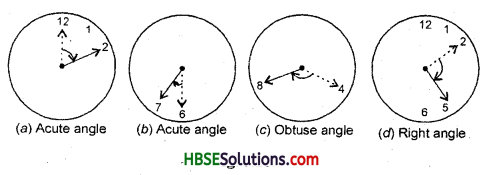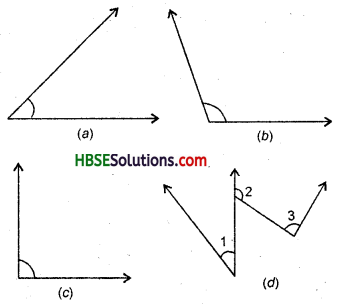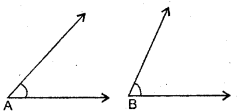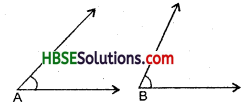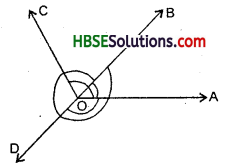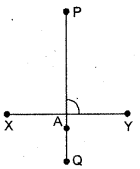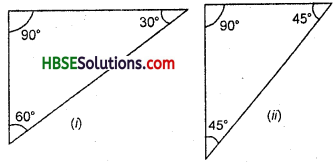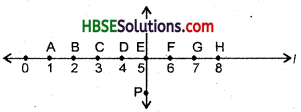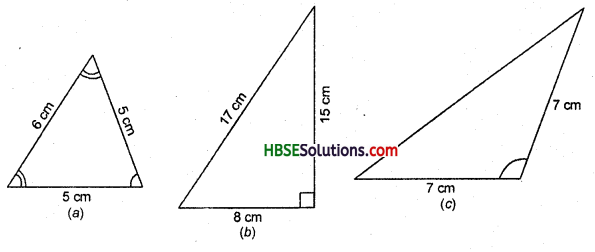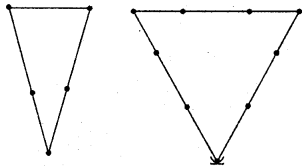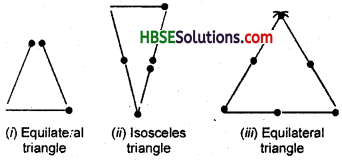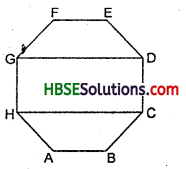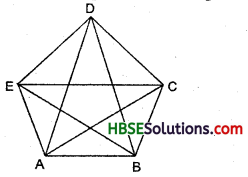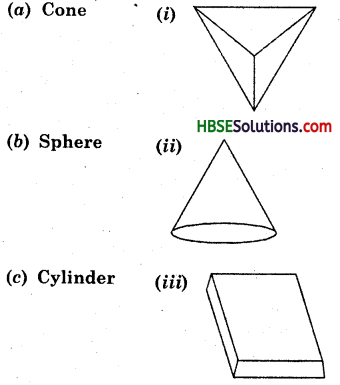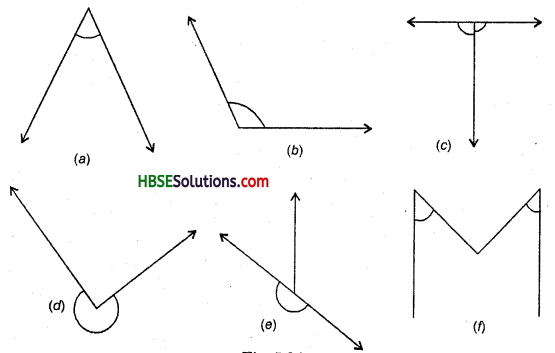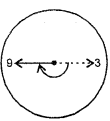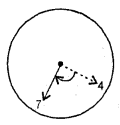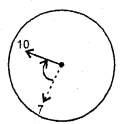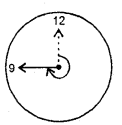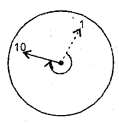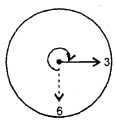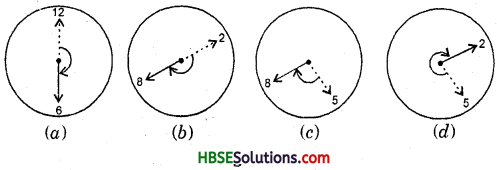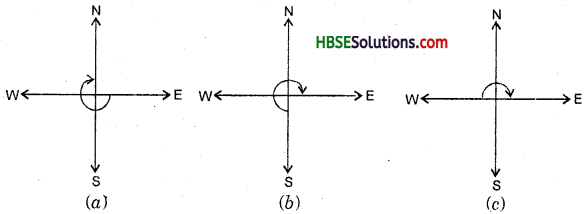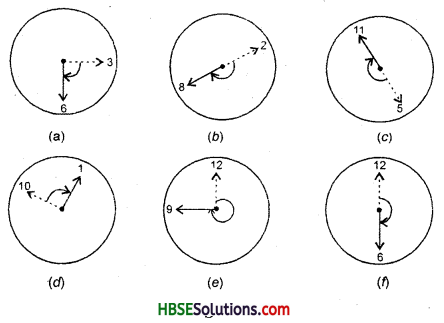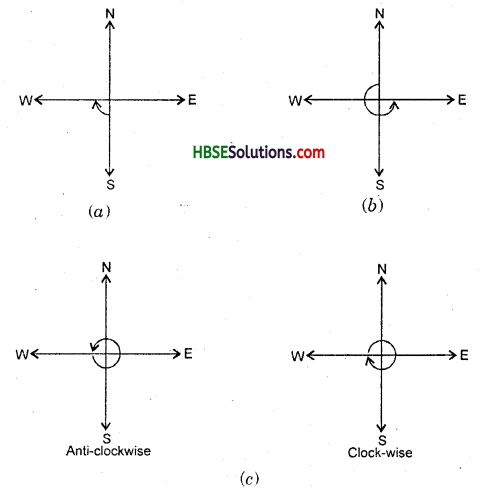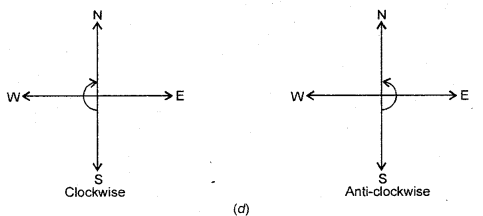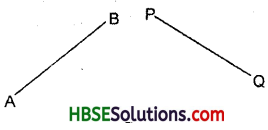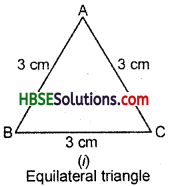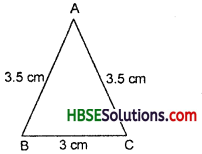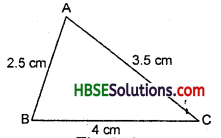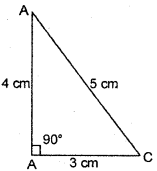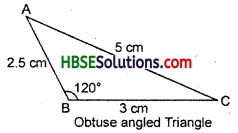HBSE 6th Class Maths Solutions Chapter 5 Understanding Elementary Shapes InText Questions
Haryana State Board HBSE 6th Class Maths Solutions Chapter 5 Understanding Elementary Shapes InText Questions and Answers.
Haryana Board 6th Class Maths Solutions Chapter 5 Understanding Elementary Shapes InText Questions
Try These (Page 110)
Question 1.
Take post card. Use divider to measure its two adjacent sides.
Solution:
Open the divider. Place the end point of one of its arms at A and the second end point at B.
Without disturbing the opening, lift the divider and place it pn the ruler. Ensure that one end point is at the zero mark of the ruler. Now read the mark against the other end point. Similarly, measure its breadth BC.
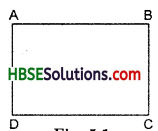
Question 2.
Select any three objects having a flat top. Measure all the sides of the top using a divider and a ruler.
Solution:
(i) Open the divider. Place the end point of one of its arms at A and the second end point at B. Without disturbing the opening, lift the divider and place it on the ruler. Ensure that one end point is at the zero mark of the ruler. Now read the mark against the other end point. Similarly measure its breadth BC.
(ii) We can measure length and breadth of a playing card in the same way as above.
(iii) Similarly, we can measure the three sides of a triangular sheet ABC.
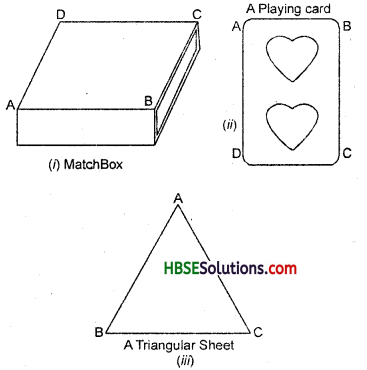
![]()
Try These (Page 114)
Question 1.
What is the angle name for half a revolution ? ‘
Solution:
The name of the angle for half a revolution is straight angle.
Question 2.
What is the angle name for one fourth revolution ?
Solution:
The name of the angle for one fourth revolution is right angle.
Question 3.
Draw 5 other situations of one fourth, half and three fourth revolution on a clock.
Solution:
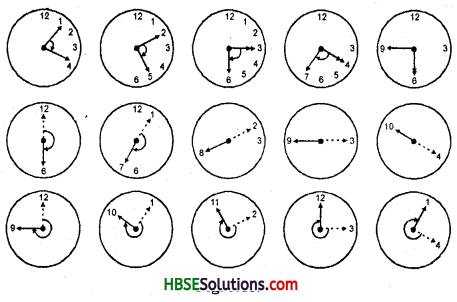
Note : There is no special name for three fourth of a revolution.
Try These (Page 116-117)
Question 1.
The clock moves from 12 to 5. Is the revolution of the hour- hand more than 1 right angle ? [Fig.]
Solution:
Yes, the revolution of the hour-hand is more than 1 right angle.
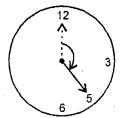
![]()
Question 2.
What does the angle look like ? The clock moves 5 to 9. Is the angle moved by hour-hand more than 1 right angle ? [Fig.]
Solution:
The angle looks like obtuse angle.
Yes, the angle moved by hour hand is more than 1 right angle.
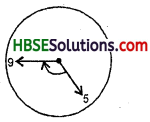
Question 3.
Draw the following and check the angle with your RA tester.
(a) going from 12 to 2, (b) from 6 to 7, (c) from 4 to 8, (d) from 2 to 5.
Solution:
